F1 looked in the rearview mirror and looked to the 70s and 80s for inspiration for the category’s cars from the 2022 season. The longest championship in the history of the World, with 23 races, will start on March 20, at the Bahrain, and will be completed on 20 November in Abu Dhabi.
The new regulation – initially planned for 2021, but postponed because of the pandemic – brings back the concept of the “wing car”. Designed in the shape of inverted airplane wings, it uses elements of the “ground effect”, responsible for accelerating the air that passes under the car so that there is more grip and speed.
The idea is an evolution of the technology used by vehicles of the category until 1982, when the “ground effect” was banned for safety reasons. The concern has become less over the decades precisely because of the evolution of items to protect pilots, such as the halo.
No wonder, when the concept car was presented, what most caught the attention of experts was the floor, designed to create more “downforce”—the downforce that keeps the cars stuck to the track. In models used until 2021, the cars lost “downforce” when coming after a rival.
According to studies by F1 itself, the loss was 35% at a distance of 20 meters between vehicles, reaching 46% at 10 meters. With the new cars, the loss of aerodynamic lift for those behind is 4% at 20 meters and 18% at 10 meters, making it easier to compete for positions.
“They’ve developed this new car so that we can follow the cars more closely. I hope it’s the best car F1 has ever seen,” said seven-time Mercedes champion Lewis Hamilton.
“The car looks very different from what we’re used to. The most important thing is that the races are better. We have to be able to keep up with the car in front of us better. If we can do that, I’ll be delighted,” said reigning champion Max Verstappen of Red Bull.
For the general public, what draws the most attention are the new lines of single-seaters that will be driven by Hamilton, Verstappen and the other drivers on the grid. The surface is noticeably simpler and has fewer aerodynamic appendages, which generates less turbulence for overtakers.
In addition, the category will have 18-inch wheels instead of the 13-inch wheels used in the championship in recent decades. Pirelli, official supplier of the category, says that the change seeks a more modern approach. In addition to the aesthetic issue, the model has a “technological proximity to the passenger car product”.
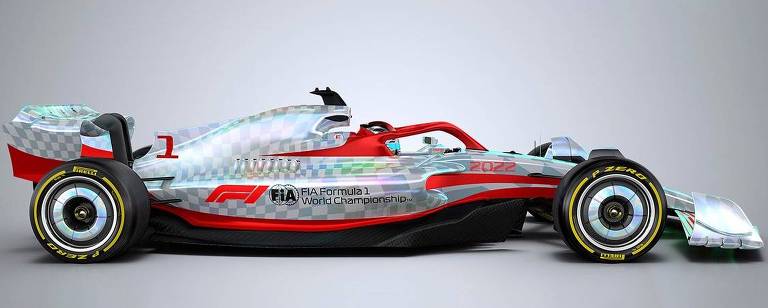
Left, 2021 Alfa Romeo; on the right, the F1 concept car for 2022
According to the manufacturer, the main change occurred in the sidewalls of low-profile tires – a nomenclature that indicates the relationship between height and width, measured in millimeters. With the low profile, the tire will have less flex, decreasing aerodynamic impact.
The wheels will also have caps to help divert airflow, which increases downforce and contributes to aerodynamics, in addition to reducing turbulence.
Reducing turbulent air was the main objective, still, of the change made in the design of the front wing, which is much simpler than the models used until 2021. The idea of the new car nose is to generate more consistent “downforce” when a vehicle is right behind another, facilitating a closer pursuit.
The same concept is present in the rear wings, designed to prevent the car behind from catching the dirty air. Thanks to a steeper diffuser ramp just below the wing, the air leaving the vehicle ahead is cleaner, causing less turbulence for the vehicle ahead.
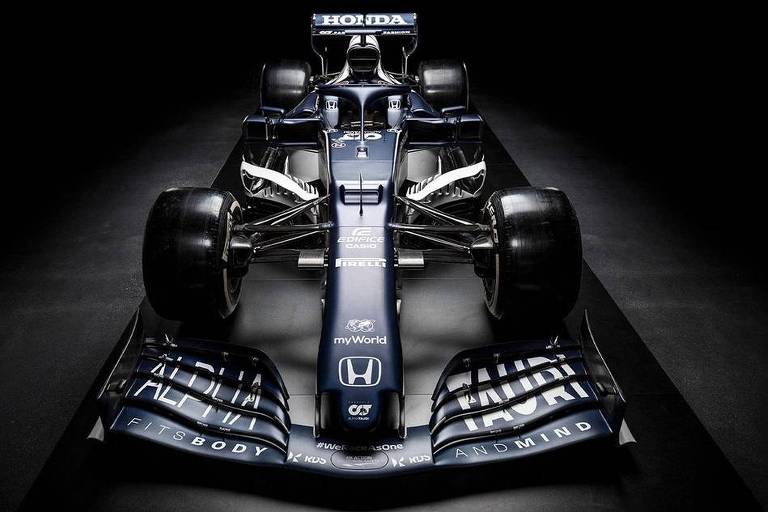
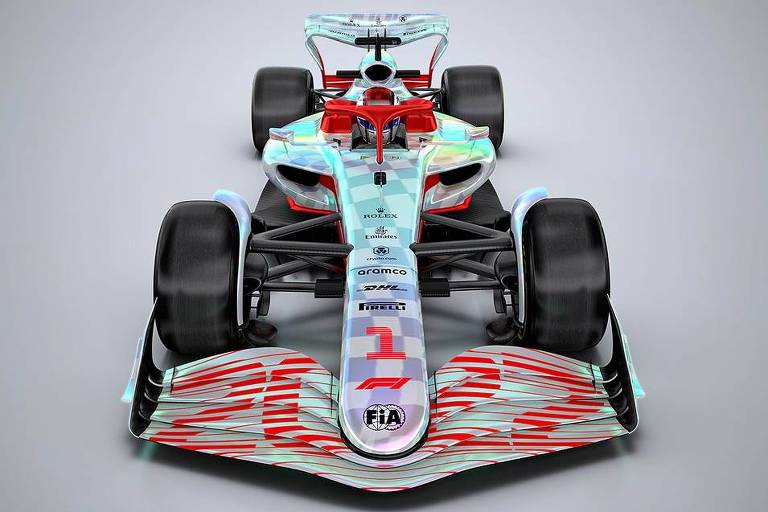
The 2021 AlphaTauri and the 2022 F1 Concept Car
For McLaren executive Zak Brown, it will come as a big surprise if all these changes don’t promote a season with more drivers fighting for victories. “I’ll be surprised if there’s dominance,” he said. For him, the back field will be more homogeneous and will be closer to the Mercedes and Red Bulls.
DRS, a system that reduces drag to increase overtaking chances, remains on the cars even with these changes, although F1’s desire is to eliminate it in the future. The engines will be the same too, keeping the 1.6-liter turbo-hybrid unit. The fuel will have an increase in the proportion of biofuel, with 10% ethanol – the regulation until 2021 provided for 5.75% ethanol.
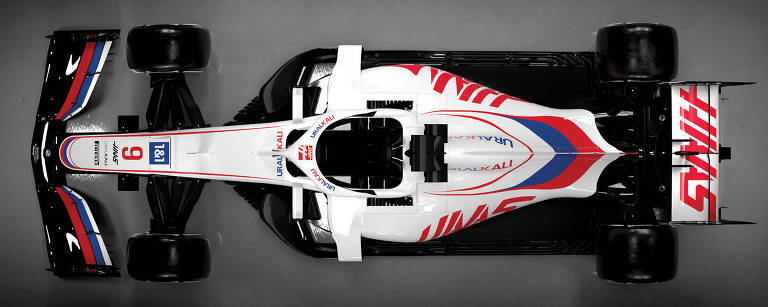
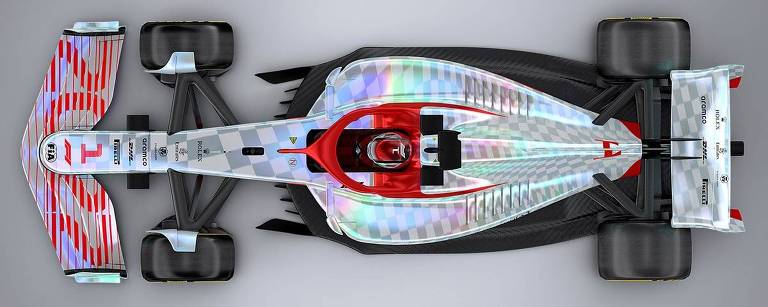
The 2021 Haas alongside the 2022 F1 concept car
As a safety measure, the car chassis was developed to absorb more energy in front (48%) and rear (15%) impacts. It is a way of increasing protection for riders in the event of a crash.
According to the category, this concern has increased since the crash with Romain Grosjean at the 2020 Bahrain GP, when the Frenchman crashed heavily and escaped the burning car.
The 2022 regulation also brings a novelty about the spending cap of teams, lower compared to last year. Now, the teams will be able to spend a maximum of US$ 142 million (R$ 783 million) in the season. In 2021, this amount was US$ 145 million (R$ 799 million).
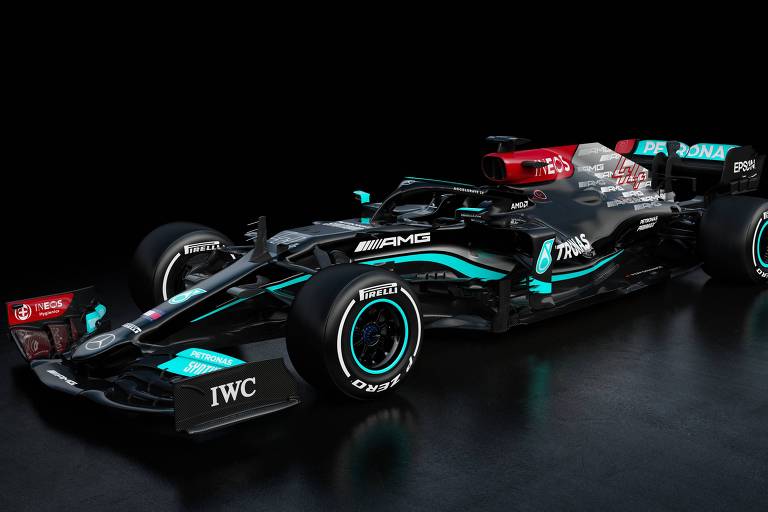
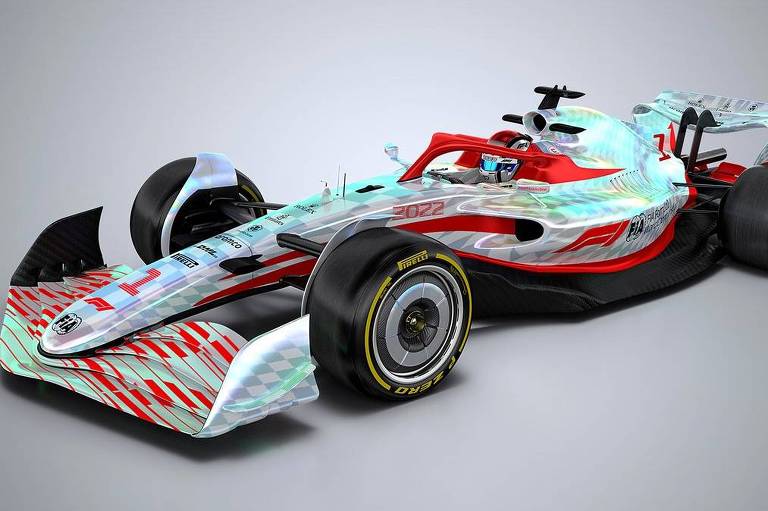
The 2021 Mercedes and the 2022 F1 Concept Car – Disclosure
.
I have worked in the news industry for over 10 years. I have a vast amount of experience in covering health news. I am also an author at News Bulletin 247. I am highly experienced and knowledgeable in this field. I am a hard worker and always deliver quality work. I am a reliable source of information and always provide accurate information.










